Exporting Shenzhen’s design culture

The arrival of the V&A in Shenzhen is another significant step in the city’s progression from ‘factory of the world’ to design incubator
Shenzhen’s status as a world design city will be boosted in December 2017 by the opening of the V&A Gallery at Design Society in Shekou. As well as curating world-class exhibitions at the gallery, the Victoria & Albert Museum is a founding partner of Design Society, the not-for-profit cultural and design platform created by China Merchants Shekou and located in the new Sea World Culture and Arts Centre, a sprawling deconstructed complex of interconnected public space designed by renowned Japanese architectural firm Maki and Associates. It is the first long-term association between a Chinese partner and a UK museum and it speaks to Shenzhen’s rapidly emerging credentials as a creative hub that the V&A signed on for a China foothold here rather than in Beijing or Shanghai.
The V&A prides itself on being the world’s leading museum of art, design and performance; it was established in London 165 years ago to inspire British designers and manufacturers. V&A personnel in Shekou believe Design Society will prove a similar stimulus for Shenzhen design talent. “We saw in Shenzhen the opportunity to follow emerging manufacturing and creative industries that are truly embodying the current [Chinese] national agenda of promoting creativity and innovation as key drivers [to encourage] a transition from ‘made in China’ to ‘created in China’,” says the head of V&A Gallery, Shekou, Luisa Elena Mengoni. “Shenzhen offers an ideal location for international contacts and exchanges, being strategically located in close proximity to Hong Kong.”
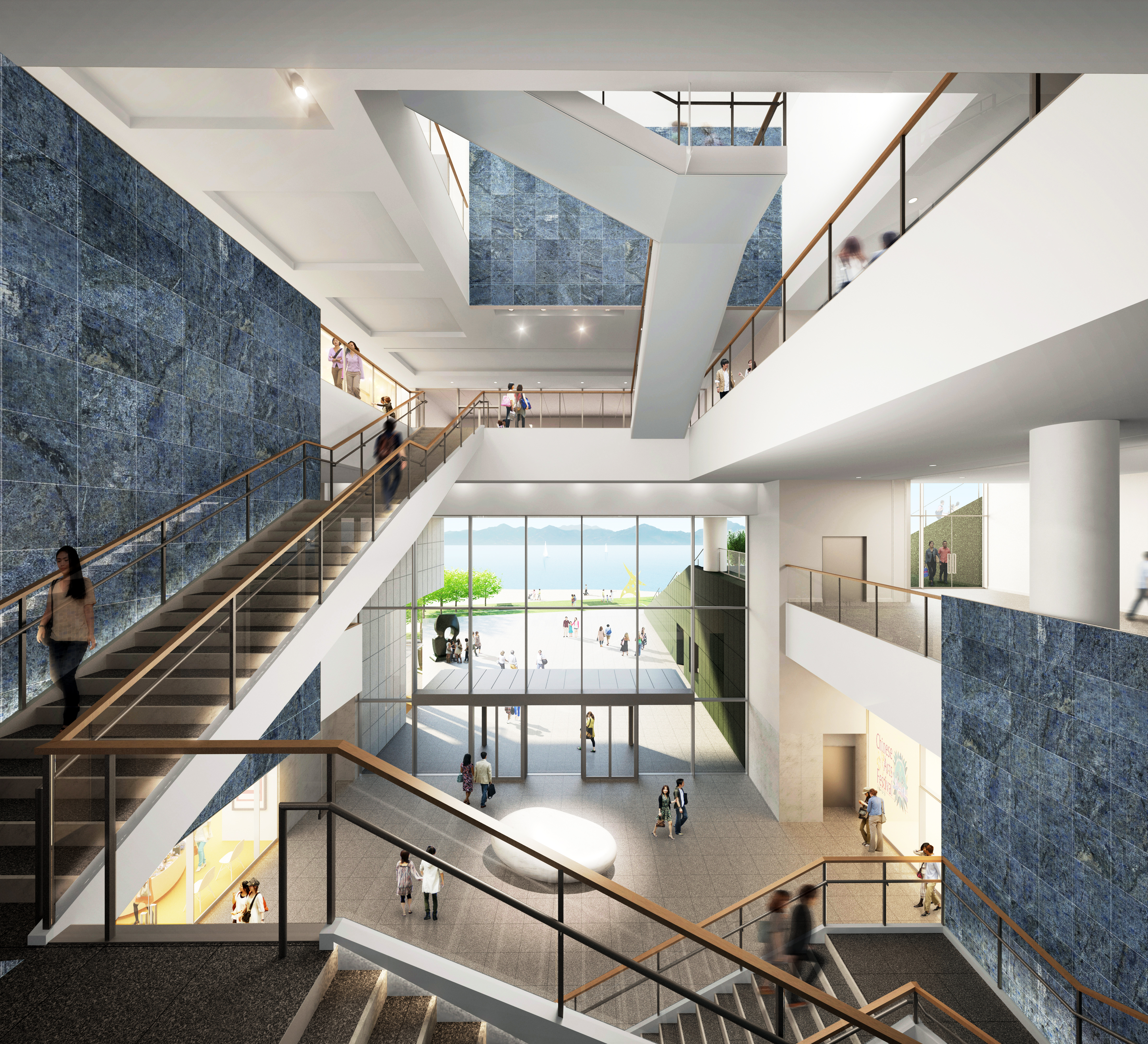
|
The venerable UK institution’s ties with Shenzhen are particularly strong, having participated in two Bi-City Biennales of Urbanism/Architecture, in 2013 and 2015. Such good guanxi benefits both parties, and both countries. The V&A has been able to expand its range of contemporary works, particularly from Chinese digital designers, while locally based companies gain international exposure. Shenzhen superstars DJI and Tencent can now boast of representation in the V&A’s permanent collections, with a drone and the 2017 version of WeChat, respectively. Mengoni stresses that the partnership comes at “A critical time [in Shenzhen’s art and design development], being the first and most ambitious project to fully engage with the city’s expanding design scene and extraordinary potential”. She says the innovative exhibitions and programmes it will stage are crucial to providing inspiration and critical thinking among local design professionals and students, helping to “Cultivate new talents and encourage growth in the creative design sector”. The Italian Chinese-art specialist cites the example of Seeed’s Eric Pan, whose visit to the Decode: Digital Design Sensations show at the Central Academy of Fine Arts (CAFA) in Beijing in 2010 - the first digital art exhibition brought to China by the V&A - sparked the Seeeduino product, an easy-to-use microcontroller for digital artists. A greater awareness of, and accessibility to, international art, design and ideas breeds creativity. |
sign institutions setting up in Shenzhen, many of them educational. Last year Italian fashion school Istituto Marangoni opened its second China campus (after Guangzhou); as training director Joe Zhou notes, the city needs to upgrade its “Soft power” in order to sharpen its status as a fashion design capital. “Students from all over the world meet and interact through a continuous exchange of ideas, projects, stimuli and vision,” he says. New York’s Rochester Institute of Technology is collaborating with Hunan University for the HNU-RIT School of Design, Shenzhen, in another initiative to nurture the city’s talent and creativity. Locally, American expatriate architect Jason Hilgefort has branched out into education, launching Future+, an academy of urbanism, landscape and public art. Design Society is not the only impressive cultural complex in a striking, internationally designed building on the Shenzhen horizon. Construction of the twin-institution MOCAPE (the Museum of Contemporary Art, and the Planning Exhibition), connected by a ‘cloud’ skylight design feature, was completed last year in the city’s Futian district by Coop Himmelb(l)au of Vienna. Reportedly, in a mutually beneficial creative exchange, construction robots designed by a Chinese firm will raise the architects’ next two building projects in Austria. |

|
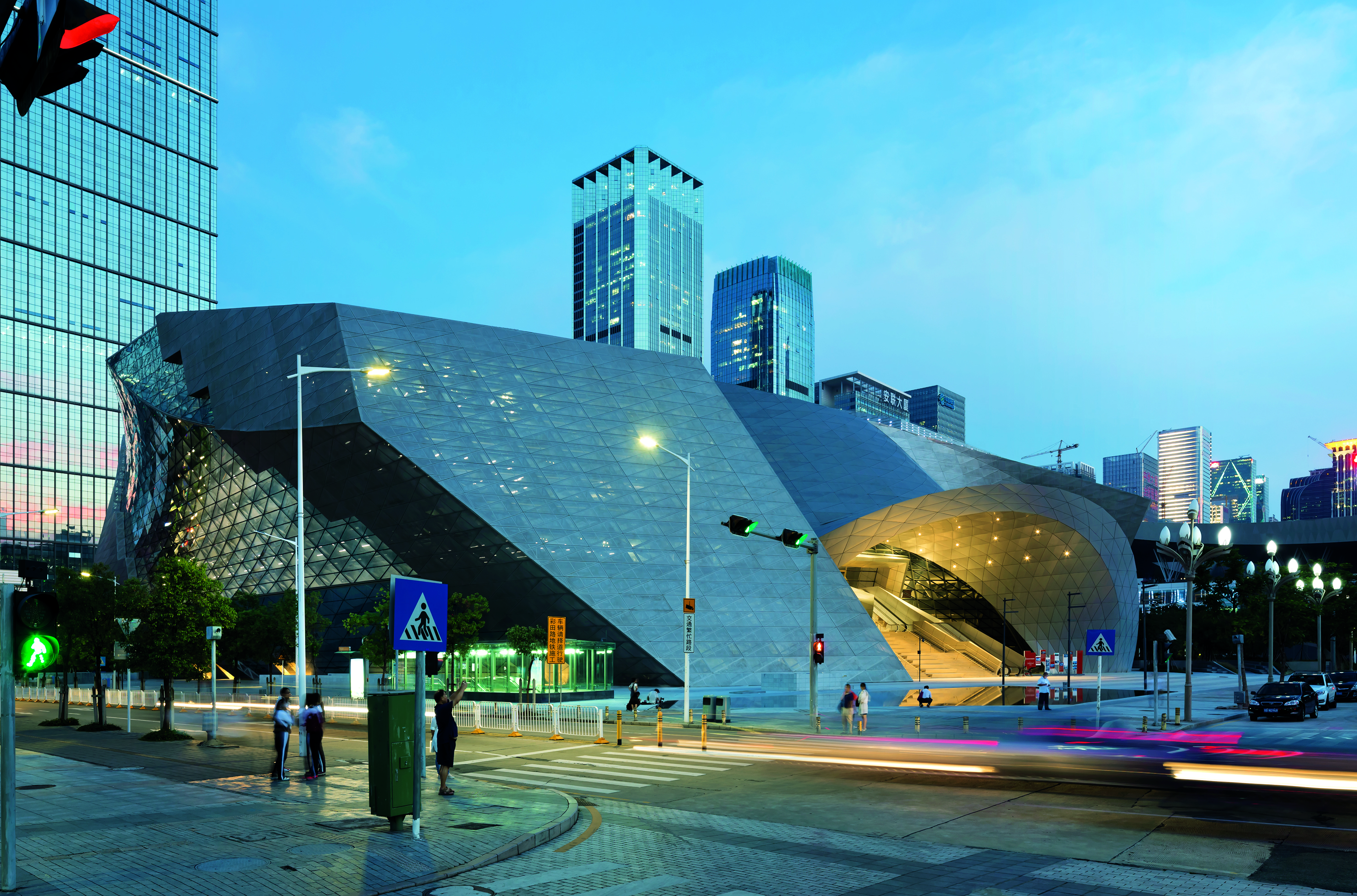
|
Another exciting initiative to have recently arrived in Shenzhen is the Sino-Finnish Design Park. A unique collaboration between Helsinki and Shenzhen, the park is based in the free trade zone in Futian District and includes exhibition spaces, a fab-lab and an incubator base for young designers. The park is already home to over thirty enterprises including design agencies and brands. Design Society will open on December 2 with three exhibitions. Values of Design in the V&A Gallery will showcase more than 250 objects from 31 countries, framing a global debate on how values shape design. In the Main Hall, curator Carrie Chan and her team consulted digital visionaries in China and overseas, including Makerfaire Shenzhen co-founder Kevin Lau, for input on Minding the Digital, a huge interactive exhibition on the mind-blowing possibilities of the digital future. There will also be an illuminating retrospective of architect Fumihiko Maki’s work. The local design community is understandably excited. According to Victor Zhu of Shenzhen-based fashion brand Vmajor, having a design museum curated by international experts will be a great addition to the local cultural landscape, “It’s good to have people like the V&A to come here and do things thoughtfully and set up standards of aesthetics,” he said in an interview with the South China Morning Post. Jason Ren, co-founder of Little Thing in OCT-Loft, agreed it would encourage a local culture of creativity, “For decades, Chinese people only wanted to survive. Now they can consider alternatives and begin to question the mainstream.” |
Others
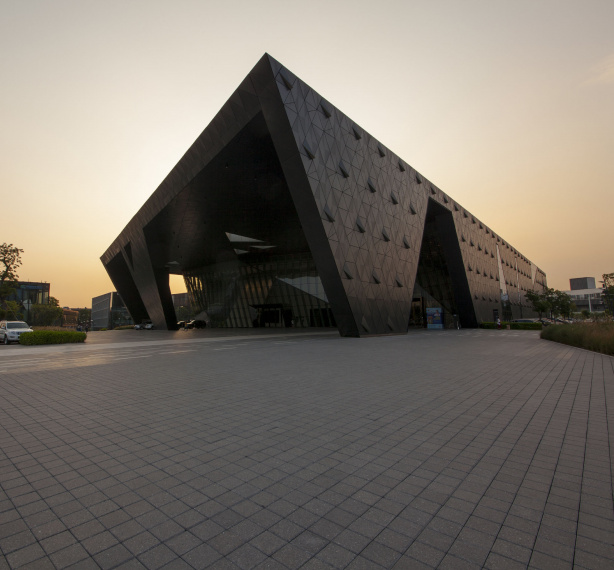
Latest News | 1 March 2018
Shenzhen’s Shifting Fortunes
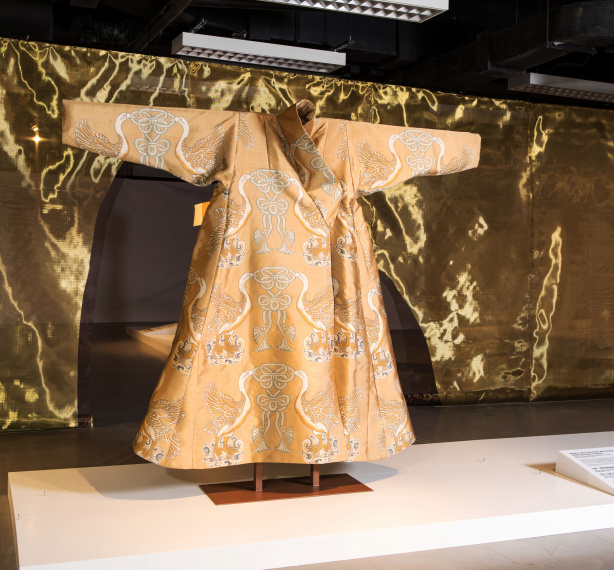
Latest News | 1 March 2018
In Praise of Silk: Fashion from China National Silk Museum Across Time
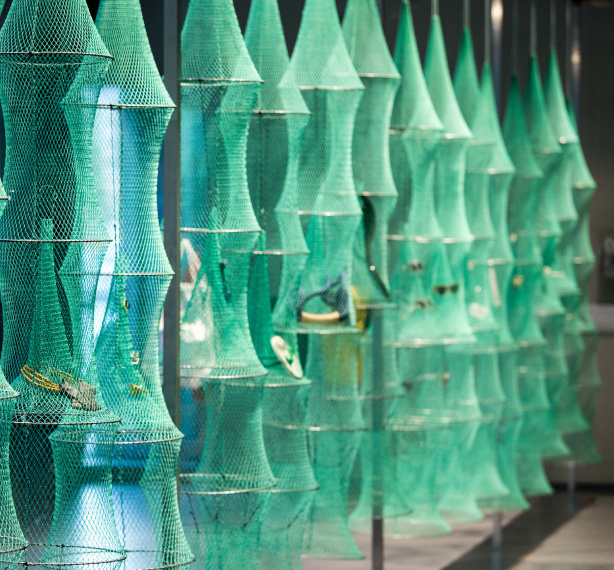
Latest News | 1 March 2018
KEEP WATCH-ING

Latest News | 1 March 2018
Into the Laboratory

Latest News | 1 March 2018
Different Paths

Latest News | 1 March 2018
Are you working well?
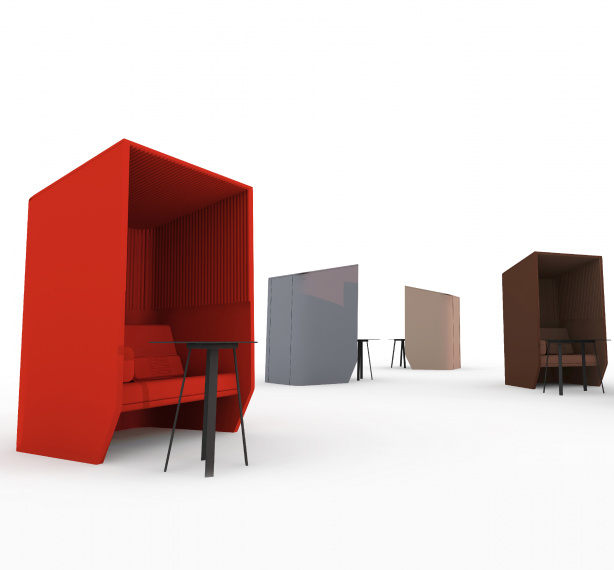
Latest News | 1 March 2018
Adventures in Space

Latest News | 1 March 2018
The Chain

Latest News | 1 March 2018
Future-facing Retail
